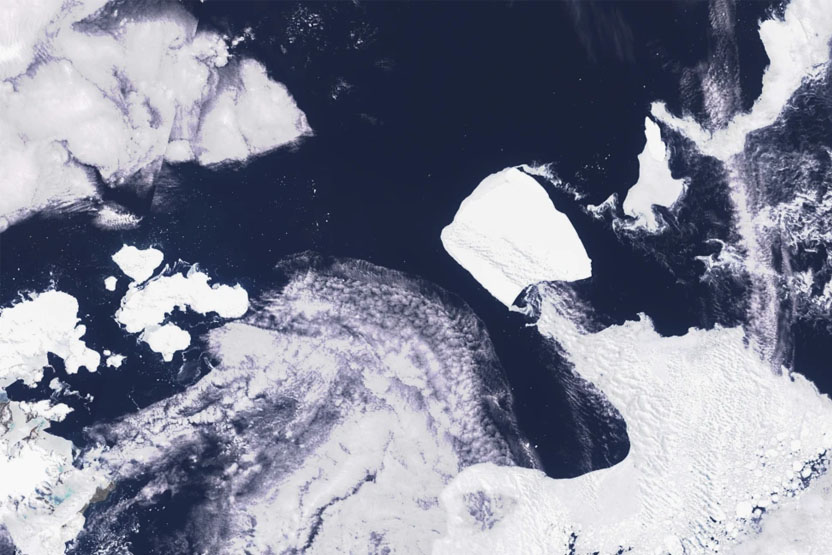
Researchers have uncovered large-scale methane leaks—one of the most potent greenhouse gases—rising from fissures on the seafloor of the Southern Ocean, as the region experiences record-breaking temperature increases.
According to a study published in Nature, these emissions appear as streams of bubbles escaping from the seabed in the Ross Sea, located along the northern edge of the Antarctic continent. Scientists describe the phenomenon as widespread rather than rare, suggesting similar leaks could exist across vast areas of the polar region.
Methane, described by the U.S. Environmental Protection Agency (EPA) as a “super pollutant,” is responsible for around one-third of current global warming caused by human activity. It is 25 times more powerful than carbon dioxide in trapping heat in the atmosphere.
The study highlights that large methane reservoirs lie beneath ocean floors worldwide, capable of seeping through cracks in the seabed. In the Ross Sea, researchers identified numerous gas and fluid seeps using sonar mapping from research vessels and remotely operated underwater vehicles.
Scientists warn that oceans and coastal regions remain among the least understood sources of methane, with a persistent gap between measured atmospheric increases and total emissions estimated from known sources.
Previous studies in the Arctic have already detected tens of thousands of methane leaks, many linked to the effects of climate change and the degradation of ice sheets, permafrost, and gas hydrates—crystal-like, ice-based structures that trap methane molecules.
As glaciers melt and ice sheets thin, the resulting drop in hydrostatic pressure on subglacial reservoirs may further accelerate methane release. Researchers believe similar mechanisms could be occurring in the ice-free regions of Antarctica, where stored greenhouse gases are becoming increasingly vulnerable to a warming climate.
The study concludes that the rapidly intensifying climate impacts in Antarctica, including the large-scale loss of ice mass, underscore the urgent need to understand the current and future dynamics of methane emissions from these vast, hidden reservoirs that could further destabilize Earth’s climate system.


Comment